5 Gen Z Food Trends Shaping College Dining in 2024
College students provide valuable insight on emerging trends – and your bottom line
In his 25 years of foodservice at the University of Massachusetts in Amherst, Ken Toong, award-winning executive director of Auxiliary Enterprises, has witnessed massive changes in the students he serves, their dining habits and their food preferences.
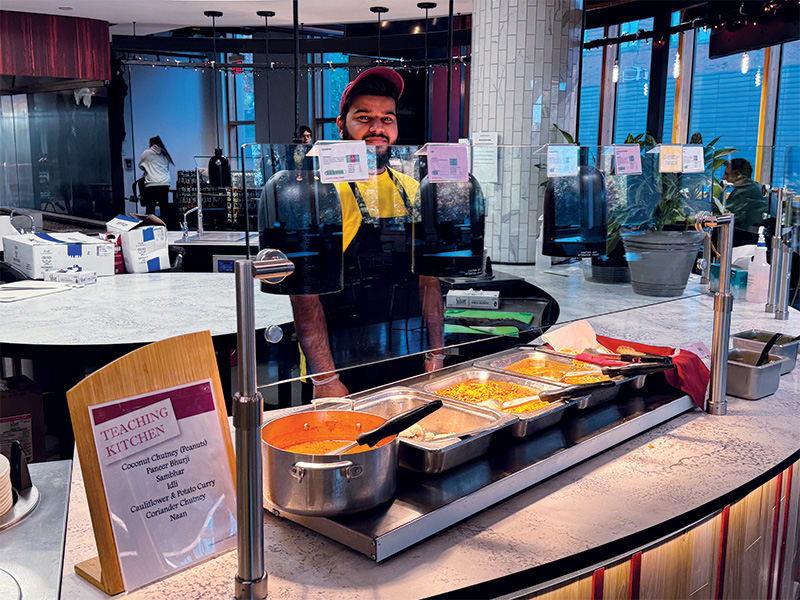
Toong and his team prepare 52,000 meals a day, roughly 9 million meals per year, for a student body that is much more diverse, concerned about the environment and likely to have food allergies and special diets than when he began at UMass.
College students are also a demographic, he says, that expects a meal to be an experience, one that is fun, playful and exciting. Such habits are likely to continue as these students graduate, secure jobs and flex their buying power.
“Our food becomes more culturally driven,” Toong says. “Globally inspired. Comfort food means different things to different people … They don’t like their food to be Americanized.”
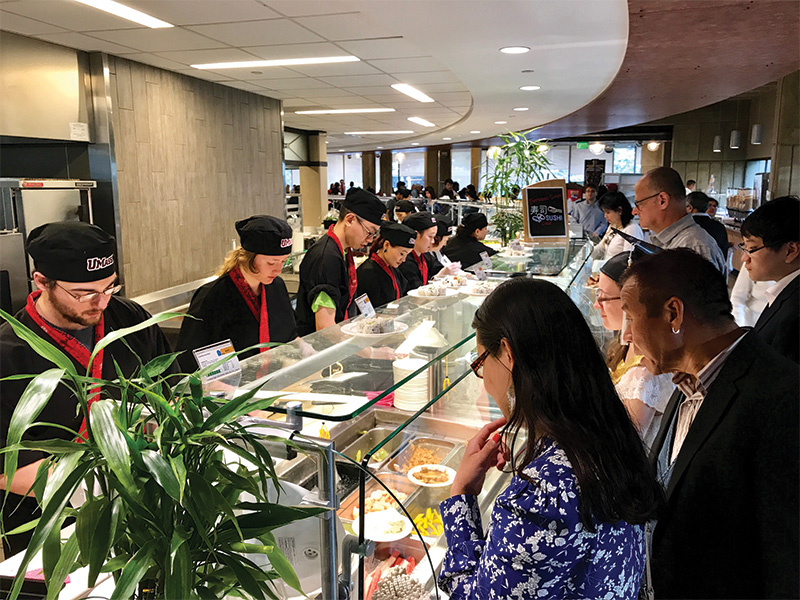
Toong’s Gen Z diners of today are the restaurant customers of tomorrow.
Here’s a look at some of the trends that Toong and others in college foodservice expect to dominate in 2024.
Dining Authenticity
Gen Zers expects authenticity and specificity. It’s not enough to menu Indian food, Toong says. Students inquire about Northern or Southern Indian regional specialties. About 35% of the freshman class at UMass comes from countries other than the U.S. “They want something that reminds them of their homes,” he says. UMass now serves 4,000 sushi rolls a day, as well as a popular Indian breakfast with paneer and Southern Indian Idli, and a Chinese breakfast of customizable bowls of comforting congee with toppings including thousand-year eggs.
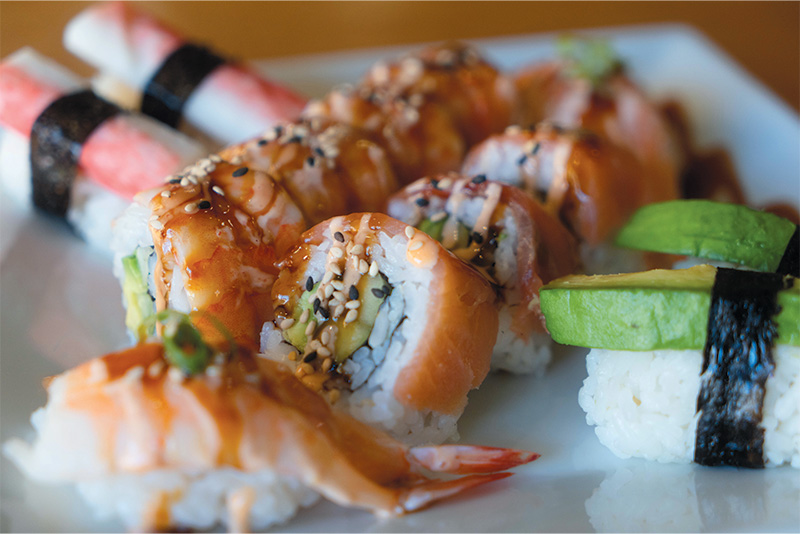
New this year at Vanderbilt University in Nashville is a selection of globally inspired meals to complement the school’s Language Table program, where students can chat over dinner in Japanese, Russian, Hindi-Urdu and other languages while enjoying regional specialties.
Gen Zers Want a Good Value
Students – and their parents – want to know they’re getting a good value from their meal plans. But value today is about much more than the quantity of food served, Toong says. It’s an equation that balances quality, sourcing, storytelling, creativity and more. Years have passed, for example, since UMass offered an eight- or 10-ounce steak. The only people who ate such large portions of meat were dads visiting the school, he says with a laugh. Students are looking for better-quality meat in smaller portions. The university also offers half sushi rolls and outsources custom-made bagels that are an ounce smaller than standard. “People want to eat less, eat more often and eat better,” he says.
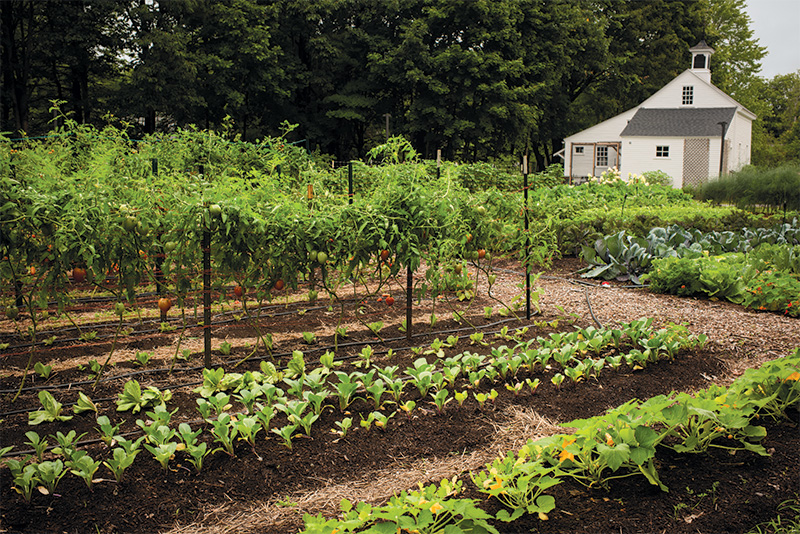
Craft an Unrivaled Dining Experience
Customization is evolving into a dining experience. Students want to have a say in the build of their salads and the toppings on their avocado toast. “Gen Zers also wants fun components,” Toong says, which might take the form of specials prepared by guest chefs or celebratory meals for Lunar New Year or Diwali. Schools around the country are working with local independent restaurants to elevate the dining experience. At Washington University in St. Louis, the school asked four woman- or minority-owned area restaurants to open satellite locations on campus at the start of the school year. Concepts ranged from boba tea and Chinese snacks to Filipino barbecue and a build-your-own-salad station, with the goal of diversifying the school’s dining options and supporting local businesses.
Since the restaurants started serving meals on campus last fall, the effort has been successful. Lines form all day, and the businesses sell out.
Cater to Allergies, Diets and Preferences
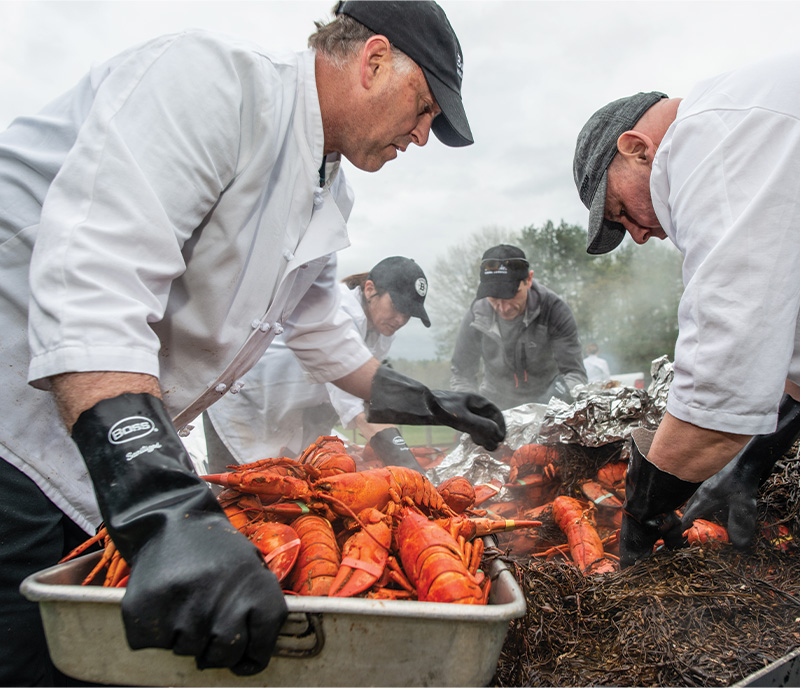
At UMass, almost 11% of students report having a food allergy, so Toong and his team keep the dining app, as well as posted menus, updated with potential allergens. Menus also note which dishes are halal, vegetarian, local or antibiotic-free and the meal’s carbon footprint rating. Nearly 80% of Gen Zers report eating plant-based meals at least once a week, with 60% saying they want to eat more meatless offerings, according to a survey from contract food management firm Chartwells Higher Education. On his campus, Toong sees interest in meat analogs, as well as unprocessed plant-based proteins, especially among students from India, China and Japan. But a food must taste good to get them coming back for seconds. “We find that Gen Zers will try everything,” he says. “Deliciousness is really important to them.”
Differentiate Classic Offerings
Today’s students, with their global palates and adventurous appetites, are on the hunt for new flavor combinations and twists on classic comforts, Toong says. Chicken sandwiches are always popular, but UMass diners want something next-level. “‘Can you make it differently, besides the pickles?’ and so on,” he says. “Different flavors, Indian flavors. Make it distinctive from other competitors.” Just like a restaurant, college dining might have a signature item.
At Bowdoin College in Brunswick, Maine, where up to 40% of ingredients are locally sourced, lobster bake is a school tradition. The dish features local Maine lobsters swaddled in seaweed and steamed over an outdoor hardwood fire. “People love the culture behind the food,” Toong says. “Tell your story. Why is your food better than your competitors?”


